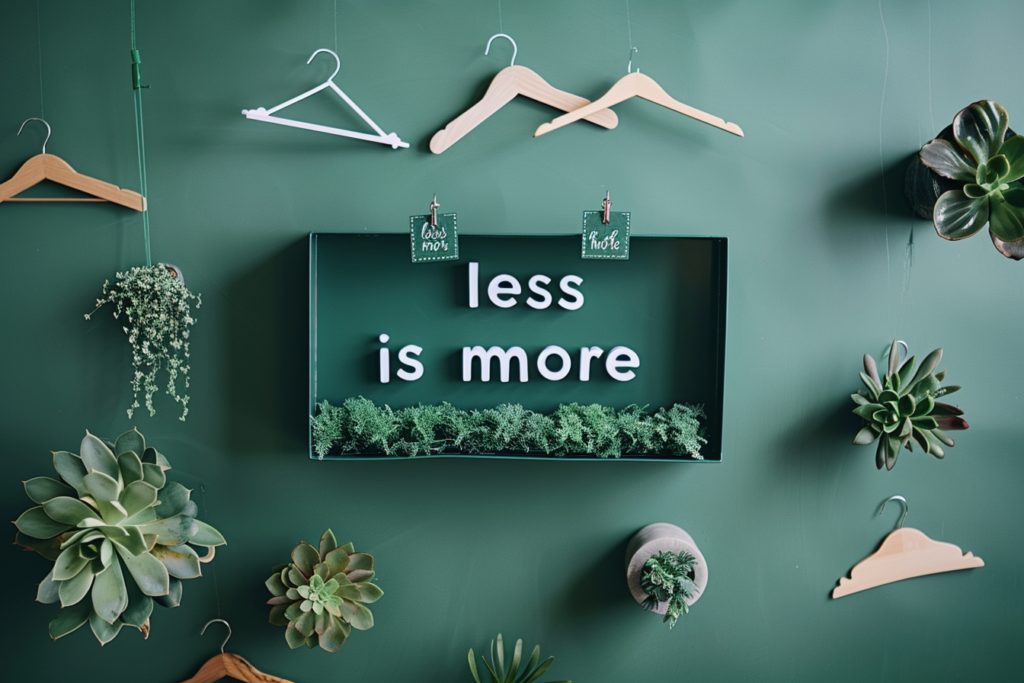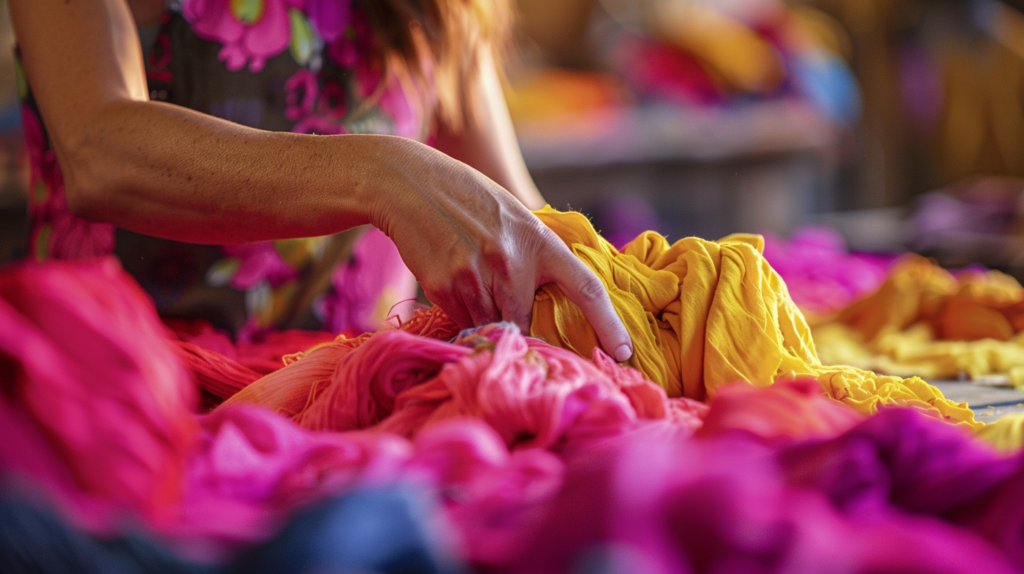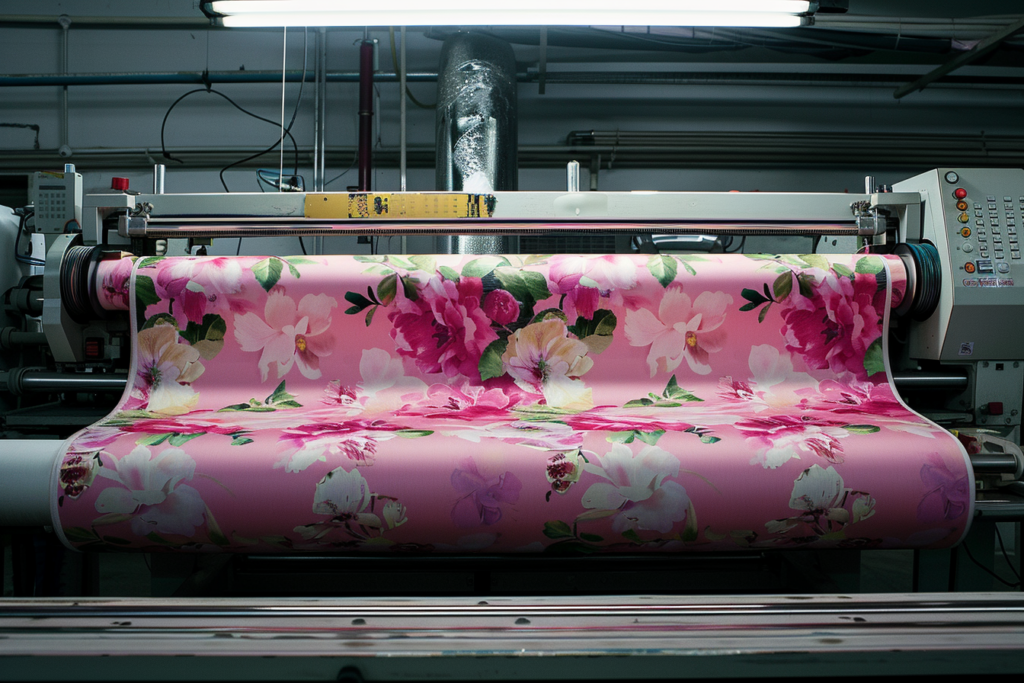Take note, fashion enthusiasts! As we make our way through 2024, we thought we’d shine a light on some of the most exciting and transformative sustainable fashion trends currently making waves in the fashion world. The industry is buzzing with innovations and initiatives that promise to not only help us look good, but feel good about our choices too. Let’s dive into the key trends that are shaping a more sustainable and stylish future, with a special nod to how Clothes Aid is contributing to these fantastic changes.
Understanding Sustainable Fashion
Sustainable fashion is all about creating clothes that are kind to our planet and fair to the people who make them. It’s a holistic approach that considers environmental, social, and ethical impacts throughout the entire lifecycle of a garment – using eco-friendly materials, ensuring ethical labor practices, and reducing waste wherever possible. Transparency and accountability are crucial to the industry, allowing consumers to make informed choices about the clothes they wear.
Key Trends in Sustainable Fashion for 2024
- Circular Economy & Upcycling
2024 is all about keeping clothes in the loop for as long as possible. The circular economy focuses on minimizing waste by repurposing old items into new, fabulous creations. Upcycling is a big part of this, transforming old garments into unique pieces that you’ll love to wear.
At Clothes Aid, we’re proud to collect and redistribute preloved clothes, ensuring they get a second chance to shine instead of ending up in landfills, both reducing waste and supporting a sustainable fashion ecosystem.
- On-Demand Fashion
Say goodbye to overproduction and hello to personalized, made-to-order fashion! On-demand manufacturing is gaining momentum, allowing brands to produce only what’s needed, reducing excess inventory and waste. Companies like Unspun are leading the charge with innovative 3D technology that creates custom-fit garments directly from the yarn.
- Sustainable Materials On The Rise
Designers are getting creative with materials, turning to unconventional sources like food waste, algae, and mushrooms to craft eco-friendly fabrics. These sustainable alternatives are biodegradable and renewable, offering a greener choice for fashion lovers that help to protect the environment.
Clothes Aid supports this trend by ensuring that all donated clothing is either resold or repurposed, reducing the demand for new, resource-intensive materials.
- Slow Fashion & Minimalism
In 2024, we’re slowing things down and embracing minimalism. Slow fashion encourages investing in timeless, durable pieces designed to last, while minimalism promotes a mindful approach to dressing. It’s all about quality over quantity and making thoughtful choices.
Clothes Aid complements this movement by providing a platform for donating high-quality garments, ensuring they continue to be cherished and worn.
- Eco-Friendly Dyes
Traditional dyeing processes can be pretty harsh on the environment, but innovative solutions are changing the game. Companies like Colorifix and Air-Ink are pioneering eco-friendly dyes that reduce pollution and waste, making it easier to wear vibrant colors with a clear conscience.
- The Rise of Vegan Fashion
Vegan fashion is on the rise, offering cruelty-free alternatives to traditional materials like wool and leather. Brands are balancing ethical sourcing, environmentally friendly production and animal welfare considerations to meet the growing demand for vegan options.
- Digitization & Virtual Fittings
Digital technologies are revolutionizing the shopping experience. Virtual fitting rooms and 3D body scanning technologies allow consumers to find the perfect fit without leaving home, reducing the carbon footprint of multiple shipping and return cycles.
- Adoption of E-Textiles
E-textiles, or electronic textiles, are bringing smart functionality to our wardrobes. These innovative fabrics, infused with conductive fibers, can generate electricity, monitor health, and more. It’s a fascinating blend of technology and fashion that promises exciting possibilities.
- Ethical & Transparent Supply Chains
Consumers are demanding more transparency about where their clothes come from and how they’re made. This push for ethical and sustainable practices is reshaping the industry, with legislation like the New York Fashion Sustainability and Social Accountability Act and the EU’s Strategy for Sustainable and Circular Textiles leading the way.
- Regenerative Farming
Regenerative farming is transforming how we grow cotton and other materials. This approach focuses on restoring soil health, conserving water, and reducing chemical use. Brands like Patagonia and Levi’s are supporting farmers in adopting these sustainable practices, ensuring a better future for fashion.
- Addressing Textile Waste
The fashion industry is taking significant steps to tackle textile waste. Circular fashion principles are gaining traction, promoting durability, repairability, and recyclability. Thrifting, clothing swaps, and resale platforms are becoming more popular as consumers look to extend the life of their garments.
Clothes Aid is at the forefront of this movement, making it easy to donate clothes and ensure they find new homes or are recycled, reducing waste and supporting sustainability.
- Technological Innovation
From 3D knitting to digital printing, technological advancements are driving sustainability in fashion. These innovative methods reduce resource use and enhance supply chain transparency. Blockchain and AI technologies are playing pivotal roles in tracking environmental impact and optimizing production processes.
- Second-Hand Clothing Market
The second-hand clothing market is booming, set to account for 10% of global fashion sales in 2024. Buying preloved items is no longer just a niche; it’s a mainstream choice driven by sustainability, affordability, and the convenience of online shopping.
Clothes Aid is proud to contribute to this growing market, collecting and redistributing donated clothes to promote reuse and reduce waste.
Conclusion
Sustainable fashion in 2024 is all about innovation, responsibility, and making choices that are good for both people and the planet. As consumers, brands, and policymakers embrace these principles, the fashion industry is undergoing a profound transformation.
Clothes Aid is thrilled to be part of this journey, helping to reduce waste and support sustainable practices through our collection and redistribution efforts. By donating to Clothes Aid, you’re not only decluttering your wardrobe but also contributing to a greener future and supporting vital charitable and community initiatives.
Let’s make 2024 a year of conscious fashion choices and collective action. Together, we can transform the fashion industry and create a more sustainable world.
Sources
- WRAP, Valuing Our Clothes Report, 2017.
- GlobalData, “The Global Secondhand Apparel Market,” 2023.
- New York Fashion Sustainability and Social Accountability Act, 2023.
- European Union, Strategy for Sustainable and Circular Textiles, 2023.











